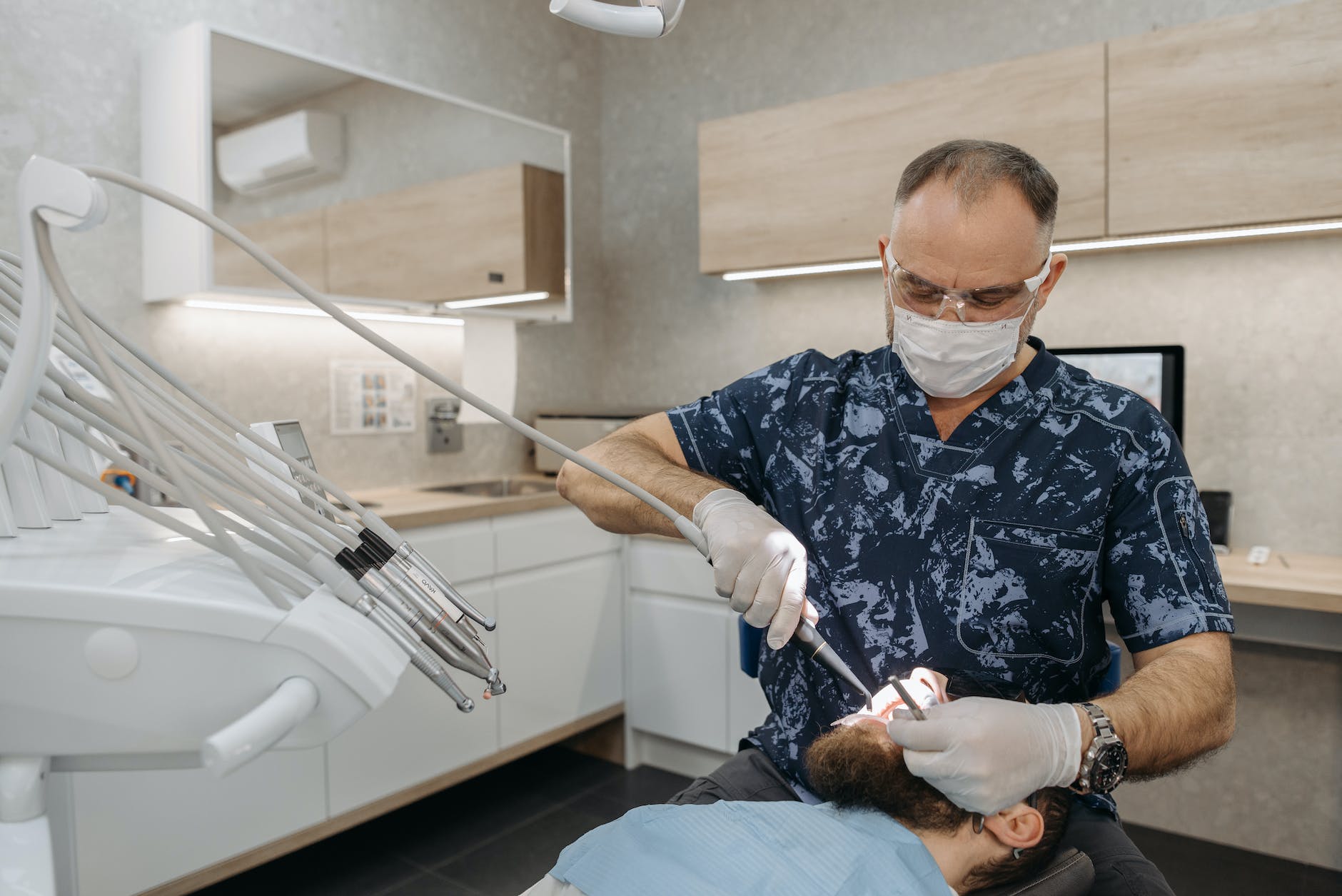
Dental
As dental professionals, we share a collective goal: to ensure every patient maintains optimal dental health throughout their life. In some instances, this requires intervening and restoring the tooth to its original form and function. Restorative dentistry is integral to preserving dental health, and with advancements in technology and materials, there are various procedures available today to meet individual patient needs. In this article, we’ll delve into these methods, with a particular focus on the revolutionary ‘glass ionomer filling’.
1. Understanding Restorative Dentistry
Restorative dentistry essentially bridges the gap between preventive and cosmetic dentistry, says this dentist who does quality teeth whitening in Chandler AZ. While preventive measures focus on avoiding potential oral health issues, and cosmetic dentistry on enhancing aesthetics, restorative dentistry is all about bringing a damaged or decayed tooth back to its healthiest form.
2. Common Restorative Procedures
The aim of restorative procedures is to prevent potential issues, such as the spread of decay, loss of teeth, or even more severe conditions like oral infections. Here are some of the prevalent procedures:
2.1 Dental Crowns
Dental crowns are essentially ‘caps’ that are placed over a tooth. They are typically recommended when there is extensive decay or when the tooth is broken or cracked. They restore the shape, size, and strength of the tooth while improving its appearance.
2.2 Bridges
As the name suggests, bridges bridge the gap created by one or more missing teeth. They consist of crowns for the teeth on either side of the gap and false teeth in between.
2.3 Root Canals
A root canal procedure involves removing the infected pulp inside a tooth, cleaning and disinfecting it, and then filling and sealing the space. Contrary to the myths surrounding it, with modern anaesthetics and techniques, it’s a relatively painless procedure.
3. The Evolution of Dental Fillings
Tooth fillings have seen remarkable improvements in terms of material used, durability, and aesthetics. They are a first line of defence against minor decay and cavities.
3.1 Amalgam Fillings
Popular in the past, amalgam fillings are a blend of metals, including mercury, silver, tin, and copper. They are robust and durable but not as aesthetically pleasing due to their silver appearance.
3.2 Composite Resin Fillings
A more aesthetic option, composite resin fillings are matched to the natural colour of teeth. They bond to the tooth structure, providing additional support.
3.3 Glass Ionomer Fillings
The glass ionomer filling has gained traction in recent years due to its unique properties. Made from a combination of acrylic and a specific type of glass material, these fillings have the advantage of releasing fluoride, thereby helping to protect the tooth from further decay. They bond directly with the tooth enamel and are most commonly used in areas not subject to heavy chewing.
4. The Importance of Precision Instruments
Achieving perfection in restorative dentistry procedures requires skill, experience, and the right set of instruments. Long gone are the days when dental procedures might have been associated with intimidating instruments. Today’s dental handpieces are designed for utmost precision, causing minimal discomfort to the patient. Each instrument has been crafted keeping the patient’s comfort in mind, ensuring procedures are as minimally invasive as possible.
5. Emphasising Patient-Centric Care
While we’ve seen immense progress in techniques and materials, the bedrock of successful restorative dentistry remains the relationship between the dental professional and the patient. Educating patients about the options available, listening to their concerns, and ensuring their comfort during procedures are paramount. The instruments and handpieces we use, combined with our expertise, ensure that we restore not just teeth but also our patients’ confidence in their smiles.
6. The Role of Continuous Professional Development
As dental professionals, our learning doesn’t end once we leave university or complete our initial training. The field of dentistry is dynamic, with continuous research unveiling new methodologies, materials, and treatments. Engaging in continuous professional development ensures that we stay abreast of these advancements. Attending workshops, seminars, and conferences, or even participating in online courses, can greatly enrich our knowledge base. By keeping ourselves updated, we can provide our patients with cutting-edge treatments and the latest in dental care solutions.
7. The Environmental Impact and Sustainable Dentistry
Today, there’s a growing emphasis on sustainability across all sectors, and dentistry is no exception. With the rise in single-use instruments and materials, there’s an increasing need to consider our environmental footprint. As practitioners, we can make a difference by adopting eco-friendly practices, from waste management to choosing sustainable products. For instance, using biodegradable tray covers or transitioning to digital records can make a significant difference. By taking these steps, we’re not only preserving our patients’ oral health but also contributing to the overall well-being of our planet. This holistic approach strengthens the bond between the patient and practitioner, reflecting a shared responsibility towards a healthier, greener future.
Conclusion
The landscape of restorative dentistry is evolving, offering dental professionals a broader kit and patients more effective, aesthetically pleasing solutions. With innovations like glass ionomer filling and the continuous improvement in our instruments and handpieces, we’re better equipped than ever to preserve and promote dental health.
As dental professionals in the UK, let’s continue our commitment to excellence, blending our skills with the best of what modern dentistry has to offer. Our patients deserve nothing less than the perfect blend of function, form, and aesthetics.






